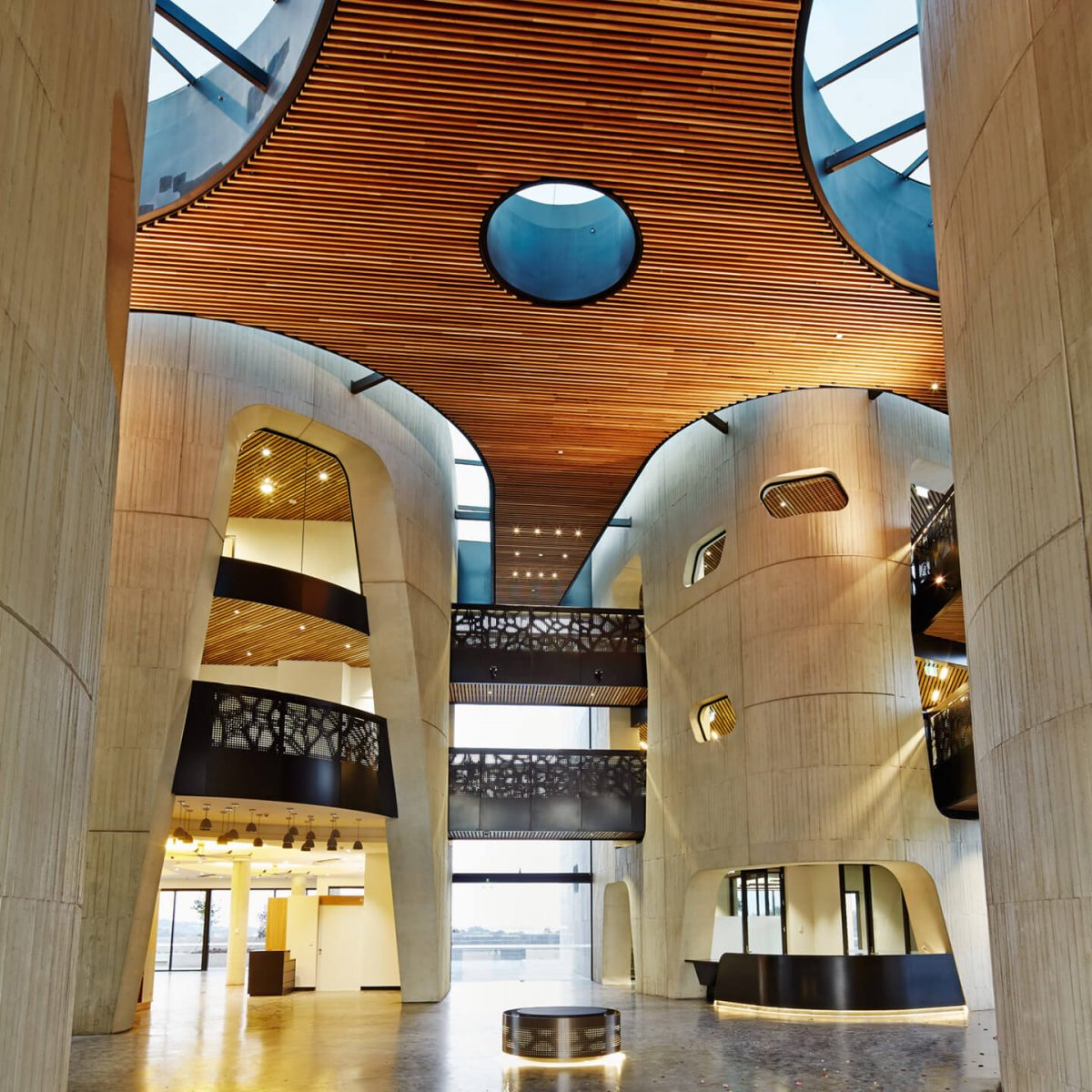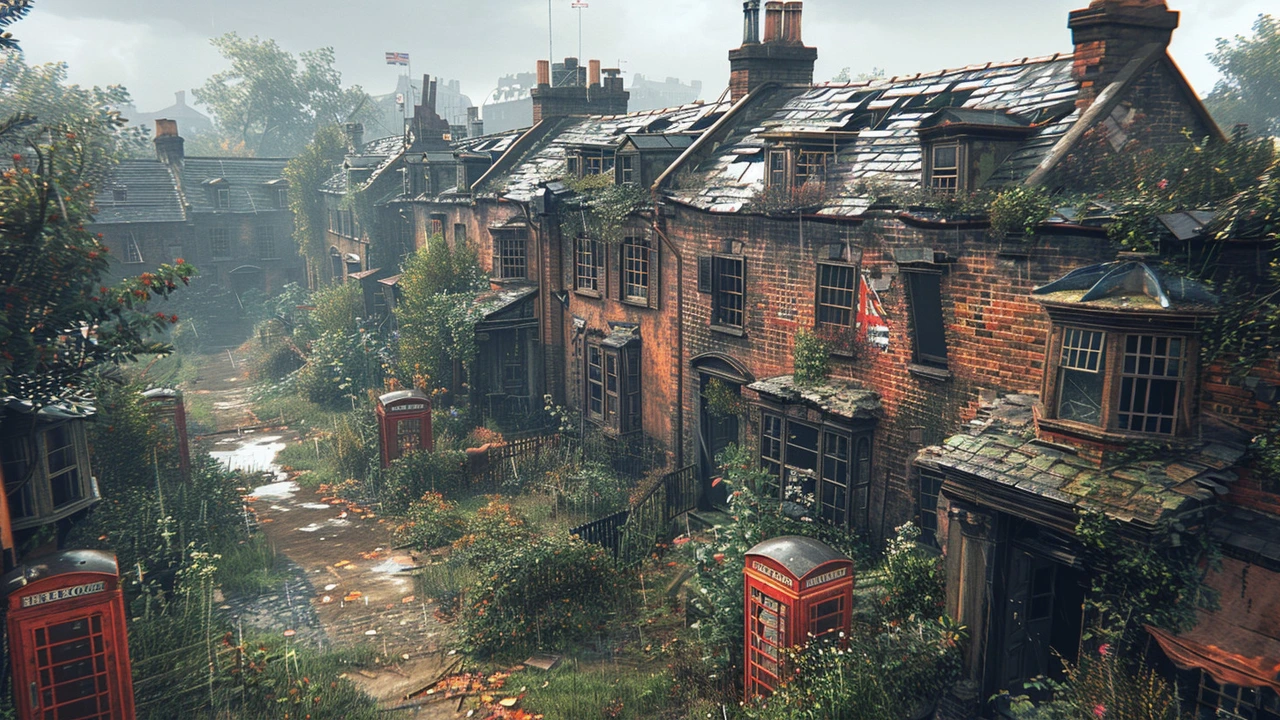Urban planning and architecture are two areas that work together to shape the design, liveability, and resilience of cities. Urban planning sets out a framework by organising infrastructure, zoning, and land use. Architecture then brings this framework to life through its shape, beauty, and usefulness. The work that architects and urban planners do together makes sure that cities are not just useful, but also long-lasting, fair, and culturally important.
Architecture is very important in defining how people interact with their surroundings in a world that is quickly becoming more urbanised, where more than 55% of the world’s population already lives in cities. Architectural choices affect every part of city life, from high-rise skylines to communal housing, public parks, and cultural sites.
Bridging Aesthetics and Functionality
One of the most important things that architecture does for city planning is make things beautiful and useful at the same time. A city can’t just rely on its infrastructure; it needs to be attractive, inspirational, and inclusive. Thoughtfully constructed buildings, bridges, and public places become representations of who you are. The Eiffel Tower in Paris and the Burj Khalifa in Dubai are examples of cultural pride and economic prosperity.
At the same time, aesthetics and usefulness must go hand in hand. Well-planned apartment blocks, roadways that are easy to stroll on, and open plazas make life better for people who live there. Mixed-use complexes, for example, bring together homes, stores, and recreational areas into one urban core. This cuts down on travel times and makes people more involved in their communities. Architecture, when combined with planning, makes sure that cities stay focused on people instead of just cars.

Architecture as a Driver of Sustainability
Climate change is putting cities around the world at risk, thus sustainable architecture is now a key part of city planning. To lessen their impact on the environment, architects use materials that are good for the environment, technologies that use less energy, and passive design methods. In modern communities, it’s increasingly normal to orient buildings to get the most natural airflow, use green roofs to keep the heat down, and put up solar panels.
Urban planning, aided by architecture, is progressing towards ideas such as sustainable urbanism and green urbanism, which emphasise walkable neighbourhoods, renewable energy, and efficient water management systems. The Marina Bay Sands extension in Singapore, which is designed to be good for the environment, and China’s “sponge cities,” which are meant to soak up rainfall, show how new buildings may help cities stay strong.
Using renewable materials like bamboo, rammed earth, or salvaged wood from the area also helps lower embodied carbon and boost local businesses. These approaches make sure that architecture doesn’t merely build things, but also helps the environment adapt and save resources.
Source: bulbapp.io
Protecting Cultural Identity
Every city has a narrative to tell, and architecture is how it does it. Urban planning usually sets general zoning rules, but architecture is what turns local culture, customs, and values into real places.
One key part of this job is preserving history. Cities can keep their individuality while going forward by bringing ancient marketplaces back to life, rehabilitating historic structures, and using traditional patterns in modern designs. Barcelona’s Gothic Quarter, for example, combines mediaeval architecture with modern planning to create a unique character that draws millions of tourists each year.
New Urbanism movements stress the importance of keeping the past alive while adding modern conveniences. This balance makes sure that quick growth doesn’t eliminate cultural memory, but instead honours and builds on it.

Source: sculptform.com
Social Equity and Inclusive Design
Architecture may change not simply the places we live but also the way we interact with each other. Inclusive design makes sure that everyone in society, no matter how much money they have, how old they are, or what their abilities are, can get to and enjoy cities.
Some examples are programs to make housing more affordable, public transport hubs that are easy to get to, and public parks that are run by the community. The High Line in New York and Favela-Bairro in Rio de Janeiro are two examples of how architecture can turn neglected or marginalised regions into lively, welcoming places.
Urban planning policies may say they want to make things fair for everyone, but it’s the architect’s creative work that makes these places useful and inspiring. Public libraries, cultural centres, and recreational hubs encourage civic pride, bring people of all backgrounds together, and lessen social segregation.

Participation and Placemaking
Modern city planning is becoming more and more open to participatory methods, in which individuals give their thoughts on how to improve their neighbourhoods. Architecture is a very important part of this process since it turns these concepts into real locations.
Placemaking is a great example of how to turn neglected places into public spaces that inspire people to engage and create community ties. The Ciclovía initiative in Bogotá turns city streets into car-free zones for biking and other activities every Sunday. This shows how small changes can make a big difference in the health of a community.
Architects make sure that projects are not forced on people but instead co-created by engaging local voices. This makes environments that users can relate to and that strengthen urban identity.
Economic Growth Through Architecture
Architecture is more than just making pretty skylines; it also helps the economy develop. Tourism, investment, and economic prospects come to well-planned architectural projects. Skyscrapers, cultural centres, and famous buildings can change how people see a city and make it more competitive on a worldwide scale.
The Guggenheim Museum in Bilbao, for example, turned the city into a major tourist destination, a phenomenon known as the “Bilbao Effect.” Dubai’s amazing buildings have also made it a global business and tourism hub.
On a small scale, architecture helps the economy by creating jobs in construction, increasing the value of real estate, and bringing back to life neighbourhoods that have been neglected. Mixed-use developments, green office buildings, and shopping centres all help cities stay lively while also providing long-term sources of income.

Guggenheim Image source: re-thinkingthefuture.com
The Future of Architecture in Urban Planning
As cities grow, the function of architecture in designing them will change. Planners and architects will be able to use new technologies like digital twins, augmented reality (AR), and smart sensors to mimic city expansion and test plans before they are built. Not only does this save money, but it also makes sure that decisions are based on evidence.
Architecture will also focus more on resilience, which means constructing buildings that can withstand floods, heat waves, and earthquakes. Cities of the future will combine old and new technologies, putting sustainability, fairness, and liveability first.
Credit: Intelligent Living
Final Thoughts
Architecture and urban planning are two things that will always be connected in influencing the future of cities. Planning gives the plan, while architecture makes it real by adding creativity, culture, sustainability, and inclusivity to city design. Architecture affects every part of urban development, from making famous skylines to making sure neighbourhoods are strong and welcoming to residents.
As climate change, growing urbanisation, and social inequality get worse, architects and planners will need to work together more than ever. They may work together to develop cities that are not just useful, but also lively, fair, and long-lasting emblems of human progress.
For more content like this CLICK HERE
Reference
Architects and urban planners at the forefront | UNESCO
The Impact of Architecture on Urban Planning and Development







